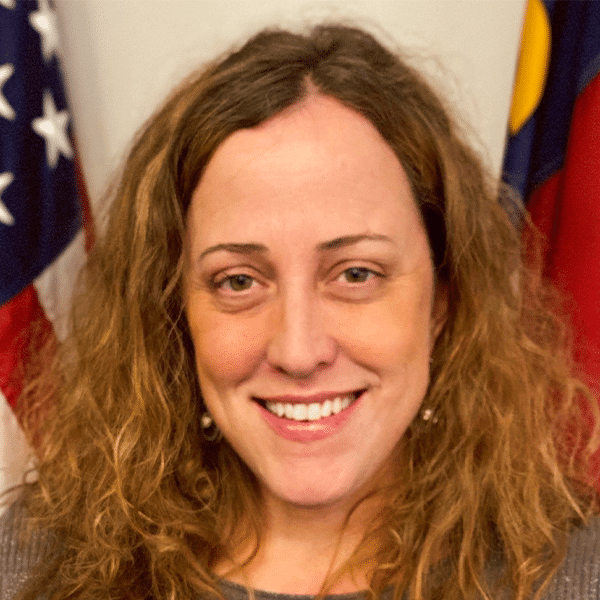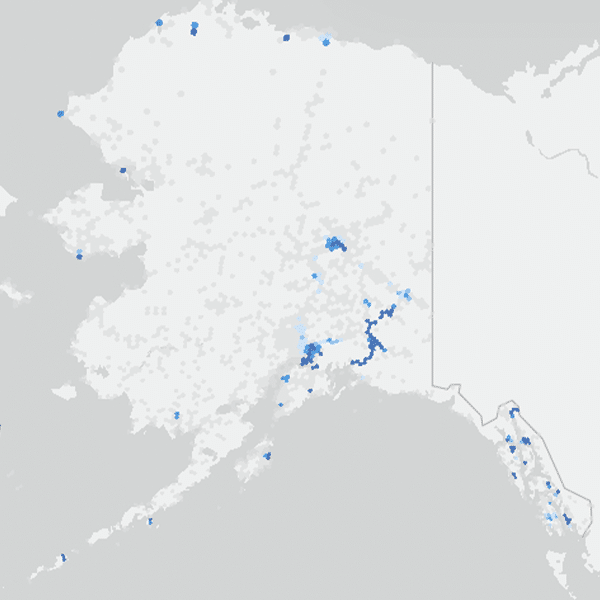 Wireless carriers may have violated FCC rules by filing inaccurate data about where they provide mobile LTE service, said FCC Chairman Ajit Pai Friday. As a result, Pai has launched an investigation into the accuracy of LTE availability data filed by the carriers.
Wireless carriers may have violated FCC rules by filing inaccurate data about where they provide mobile LTE service, said FCC Chairman Ajit Pai Friday. As a result, Pai has launched an investigation into the accuracy of LTE availability data filed by the carriers.
The FCC planned to use the data in question to determine areas eligible for inclusion in the Mobility Fund II auction, which is planned to award up to $4.53 billion over the next 10 years to help cover the cost of deploying LTE service to high-cost areas where the service is not available today.
In a press release, Pai said his top priority is to bridge the digital divide and to ensure “that Americans have access to digital opportunity regardless of where they live.”
In order to reach unserved areas, he said, “it’s critical that we know where access is and where it is not.” A preliminary review of consumer speed test data submitted through a challenge process “suggested significant violations of the commission’s rules,” he added.
The goal of the investigation is to “ensure that the data is accurate before we can proceed.”
LTE Availability Data
The FCC began the LTE availability data collection in August of 2017, instructing wireless carriers to report where they offer LTE service. Subsequently, the commission authorized the use of speed tests, gathered directly from individual wireless users, to help verify the accuracy of the LTE availability data that the carriers submitted.
According to the latest press release, the FCC received close to 21 million speed tests filed across 37 states.
It will be interesting to see if the FCC’s use of consumer speed tests to verify LTE availability data sets a precedent.
Growing numbers of people and organizations have questioned the accuracy of the data that the FCC used to determine areas eligible for inclusion in the recent Connect America Fund II auction, which awarded funding to bring landline or fixed wireless broadband to areas lacking service. Critics argued that entire census blocks were deemed ineligible for inclusion in the auction, even if only one home currently had service available to it.
The FCC is expected to conduct an additional auction to award funding for areas that received no winning bid in the initial CAF II auction – and potentially a challenge process involving consumer testing of landline and fixed wireless broadband service could help determine which areas should indeed be included in the auction.
Image courtesy of flickr user Stefano Brivio.


